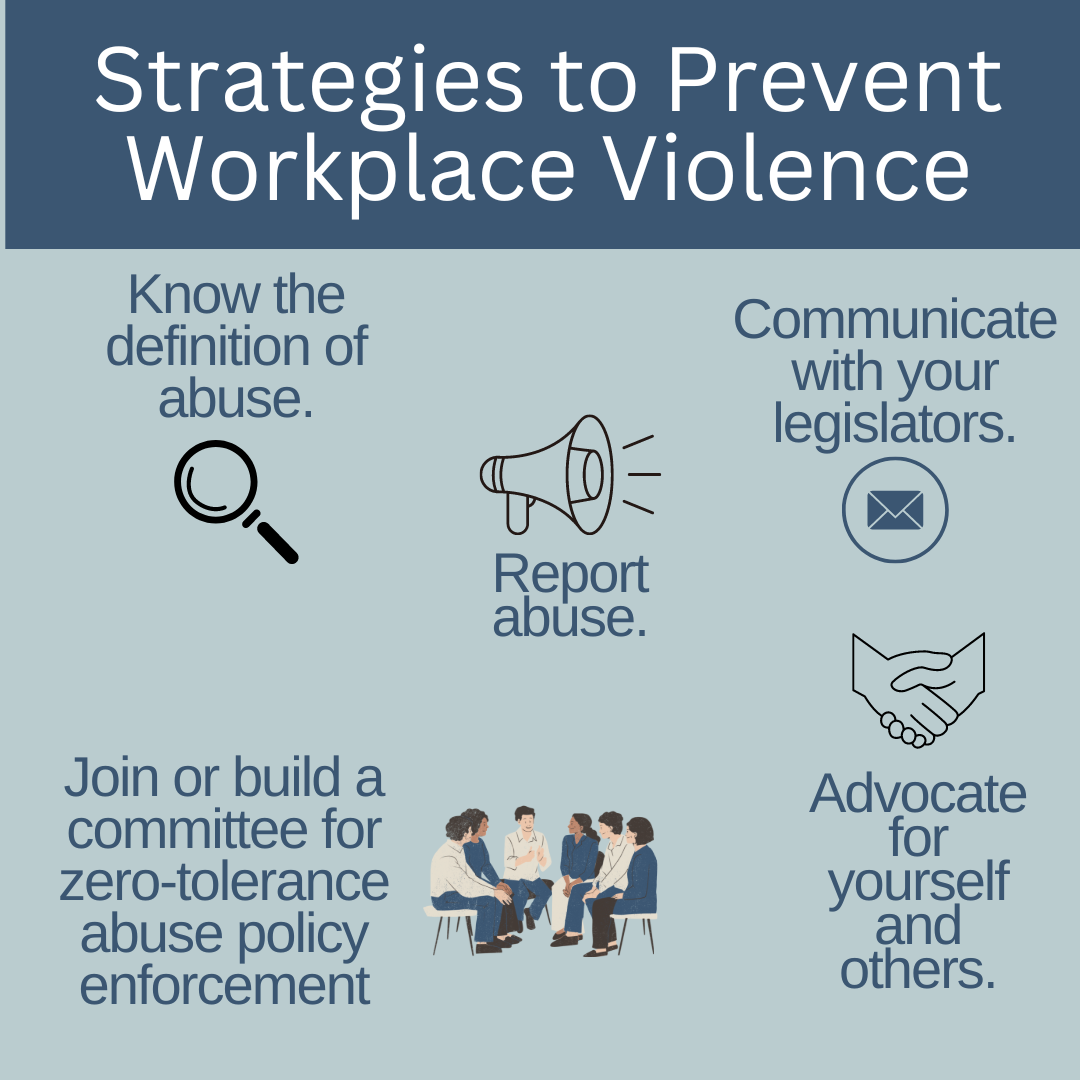Discovering Efficient Approaches and Techniques for Implementing Work Environment Physical Violence Prevention Programs in Organizations
Workplace physical violence remains a critical problem for organizations, demanding the application of robust prevention programs. Recognizing the dynamics of office violence and the elements that add to reliable prevention is vital for fostering a secure environment. This entails not only the facility of clear policies yet also ingenious training approaches and reputable coverage mechanisms. As companies make every effort to grow a culture of safety and security, the concern arises: what certain methodologies can be utilized to make sure these programs are both reliable and sustainable? Discovering this further exposes insights that can dramatically influence office safety and security and employee well-being.
Comprehending Work Environment Physical Violence
Recognizing office violence is necessary for promoting a efficient and safe environment. Office physical violence includes a series of behaviors that can occur in various types, including physical attacks, risks, verbal abuse, and even harassment. Such events can occur from social conflicts, job-related stress factors, or outside elements and can dramatically disrupt business procedures.
The implications of workplace physical violence prolong beyond prompt physical harm; they can likewise cause mental trauma for sufferers, lowered employee spirits, and increased absence. Companies may encounter lawful liabilities and reputational damage as an outcome of violent incidents. Acknowledging the different kinds of work environment physical violence is crucial in order to properly address and minimize the threats connected with these actions.
Efficient monitoring of work environment violence starts with recognizing its underlying causes. Eventually, a comprehensive understanding of workplace physical violence is a fundamental step towards producing a resistant and safe business society.
Key Parts of Prevention Programs
A successful office physical violence prevention program is improved numerous vital parts that jointly develop a safer environment for employees. A detailed and clear policy laying out the organization's dedication to avoiding workplace physical violence is necessary. This plan ought to specify what comprises office violence and the repercussions for infractions.
2nd, risk assessments ought to be frequently conducted to identify potential threats and susceptabilities within the workplace (california workplace violence prevention). Recognizing the particular dangers associated with an organization's environment permits tailored treatments
Third, event coverage mechanisms should be developed to urge staff members to report any type of worries or events without worry of retaliation. This openness cultivates a culture of safety and security and accountability.

Lastly, management commitment is critical; management should proactively sustain and get involved in prevention initiatives. Their participation establishes a tone of seriousness regarding the problem and motivates a cumulative strategy to safety.
Training and Education Approaches
Applying reliable training and education strategies is crucial for furnishing staff members with the knowledge and skills necessary to acknowledge, stop, and react to workplace violence. Comprehensive training programs must be customized to the certain needs of the company and its labor force, considering the one-of-a-kind dangers connected with different work atmospheres.
Educating must encompass numerous topics, consisting of the identification of indication, de-escalation techniques, and the value of promoting an encouraging office culture. Engaging methods such as interactive workshops, role-playing circumstances, and case research studies can boost my review here finding out retention and motivate aggressive involvement among workers.
Additionally, recurring education is vital. Frequently set up correspondence course make sure that employees continue to be educated concerning the current ideal techniques and behavior trends associated with work environment violence. Incorporating responses systems, such as studies or emphasis groups, can help organizations analyze the effectiveness of their training efforts and make essential changes.
Coverage and Action Mechanisms
Reliable coverage and response systems are critical for addressing incidents of work environment violence quickly and successfully. Organizations has to develop clear protocols that empower staff members to report cases without concern of retaliation. These systems must consist of several reporting channels, such as confidential hotlines, email, and in-person coverage choices, making sure that all staff members feel secure and sustained when disclosing occurrences.
Furthermore, it is vital to educate staff members on how to utilize these reporting systems properly. Training ought to stress the importance of timely reporting, as very early intervention can protect against acceleration and promote a much safer work atmosphere. Upon getting a record, companies ought to have an organized action plan that includes instant evaluation of the scenario, assistance for damaged individuals, and interaction with regulation enforcement if necessary.
Additionally, organizations should ensure that investigations are carried out promptly and completely, adhering to lawful and honest requirements. Transparency in the action procedure can develop depend on amongst employees and show the organization's commitment to safety - california workplace violence prevention. Regular evaluations of the coverage and reaction systems will help identify locations for renovation, eventually improving the general efficiency of office violence prevention programs
Evaluating Program Effectiveness
Examining the performance of office physical violence avoidance programs is essential for ensuring they meet their designated goals and adapt to the developing requirements of the organization. This procedure involves a methodical assessment of both qualitative and quantitative data to identify program influence, staff member perceptions, and overall work environment safety.
Key metrics for analysis might consist of event rates of work environment violence prior to and after program implementation, worker feedback through surveys, and the application rates of reporting systems. On a regular basis scheduled assessments enable organizations to determine voids in their programs and address any kind of arising threats immediately.

It is important to establish clear benchmarks and goals before program execution, which will certainly promote a more reliable examination process. By continuously fine-tuning and keeping an eye on avoidance strategies, organizations can create a more secure workplace and substantially reduce the danger of workplace violence. Inevitably, effective assessment guarantees that avoidance programs remain responsive and dynamic to the demands of the labor force.
Final Thought
In conclusion, the execution of effective office violence prevention programs requires a detailed strategy that integrates clear policies, regular threat analyses, and robust training. Continuous examination through feedback and case metrics guarantees ongoing improvement and renovation of these programs, eventually adding to a more secure and extra resistant job environment.

In final thought, the implementation of reliable workplace physical violence prevention programs necessitates a thorough strategy that includes clear look at this site policies, normal risk evaluations, and durable training.